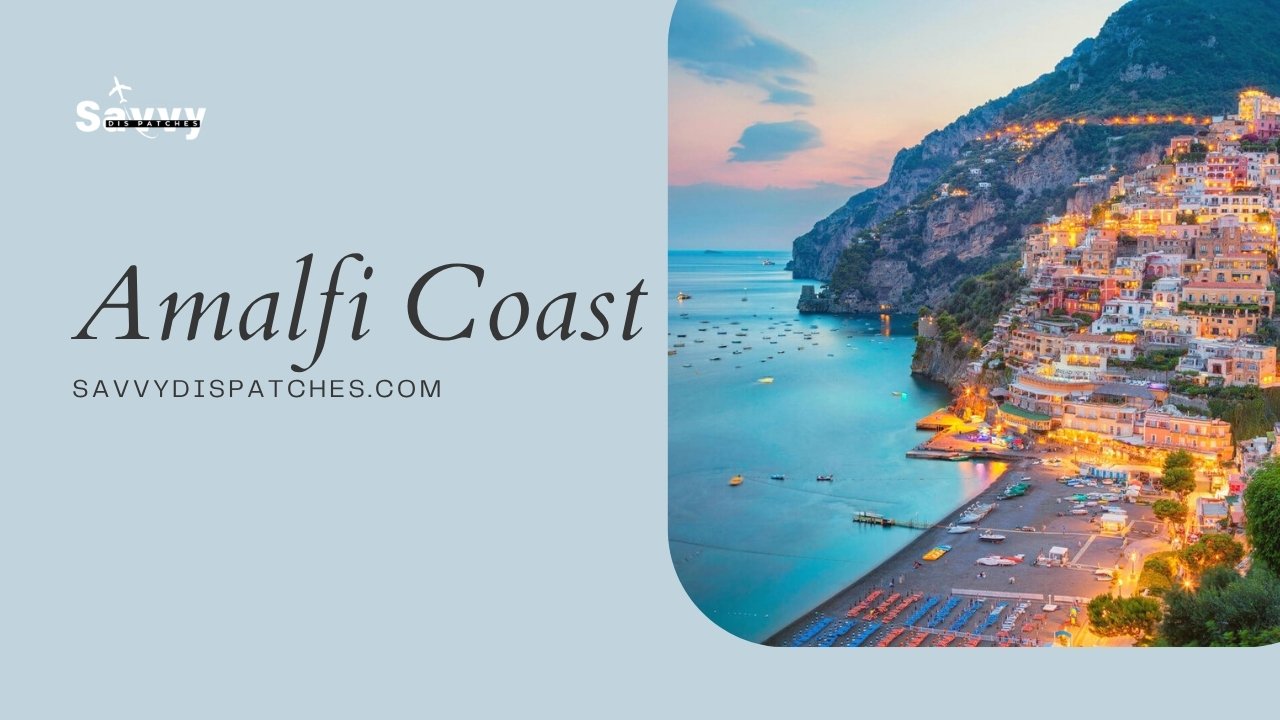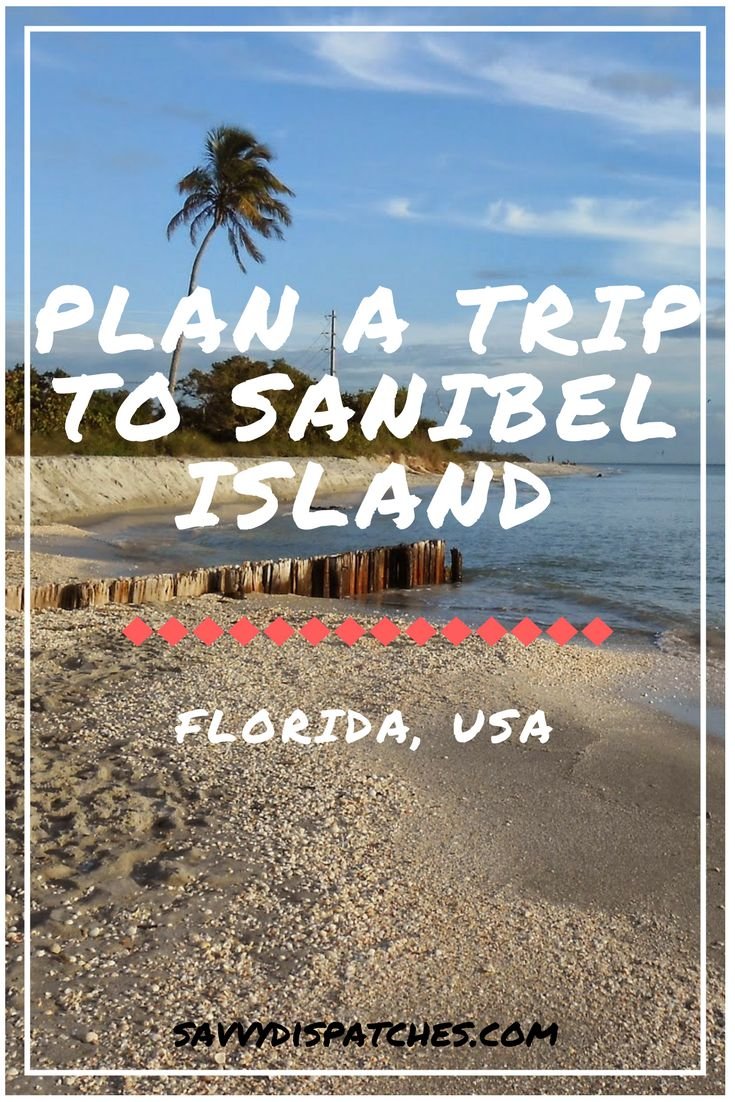Destinations
Things to do in New Orleans: A Complete Travel Guide

New Orleans, often referred to as the “Big Easy,” is a city rich in history, culture, and an unmistakable vibe that draws visitors from around the world. Whether you’re strolling down the lively streets of the French Quarter or relaxing by the Mississippi River, New Orleans offers a blend of Southern charm, vibrant nightlife, and world-class music that’s hard to match. From its unique Creole culture to its rich jazz history, the city offers something for everyone, making it an unforgettable destination for all types of travelers.
Best Time to Visit New Orleans: A Seasonal Breakdown
New Orleans enjoys a mild climate, but choosing the right time to visit can significantly impact your experience. Here’s what you need to know about the city’s seasons:
Spring (March to May): Spring is one of the best times to visit New Orleans, as the weather is warm but not too hot. This is also when the city celebrates Mardi Gras (usually in February or March), making it an exciting time for party-goers and cultural enthusiasts. Expect lively parades, music, and tons of visitors.
Summer (June to August): Summer in New Orleans can be hot and humid, with temperatures often reaching over 90°F (32°C). However, if you love the heat and don’t mind the humidity, this is a great time to find deals and explore the quieter side of the city.
Fall (September to November): Fall is another fantastic time to visit, with mild temperatures and fewer tourists than in spring. The city comes alive with festivals like the New Orleans Film Festival and the Voodoo Music + Art Experience.
Winter (December to February): Winter is the low season in New Orleans, but it’s still a great time for tourists who prefer cooler weather and fewer crowds. Christmas decorations light up the streets, and the city’s festive atmosphere is truly magical.
Top 10 Must-Visit Attractions in New Orleans
New Orleans is brimming with cultural landmarks, historical sites, and unique attractions. Here are 10 top spots you shouldn’t miss:
French Quarter: The heart of New Orleans, known for its vibrant streets, colorful buildings, and iconic bars like the Carousel Bar.
Jackson Square: A historic park surrounded by beautiful colonial architecture and home to the famous St. Louis Cathedral.
Bourbon Street: The lively street where you can experience the city’s nightlife, bars, and jazz clubs.
National WWII Museum: One of the most comprehensive museums in the world, this is a must-see for history buffs.
Garden District: Known for its antebellum mansions and oak-lined streets, perfect for a scenic walk.
St. Charles Avenue: Famous for its beautiful architecture and the historic St. Charles streetcar.
Audubon Park: A serene escape with walking trails, lagoons, and a chance to spot local wildlife.
Café du Monde: A legendary spot for a cup of coffee and the city’s iconic beignets.
Frenchmen Street: For a more authentic New Orleans experience, head to Frenchmen Street, where you’ll find jazz clubs and local art.
Mardi Gras World: Learn about the history of the festival and see the colorful floats that parade through the streets.
Local Cuisine Recommendations: Savor the Flavors of New Orleans
New Orleans is a food lover’s paradise, and the local cuisine is one of the city’s biggest draws. Don’t miss these must-try dishes:
Gumbo: A flavorful stew made with meat or seafood, vegetables, and seasoned with Cajun spices. Try it at Commander’s Palace or Dooky Chase’s Restaurant.
Po” Boy Sandwich: A New Orleans classic, this sandwich is filled with fried seafood or roast beef. Visit Johnny’s Po-Boys for a traditional experience.
Jambalaya: A rice dish packed with sausage, shrimp, and chicken, perfect for a filling meal. The Court of Two Sisters serves up some of the best.
Beignets: These deep-fried pastries dusted with powdered sugar are a must-try at Café du Monde.
Muffuletta: A unique sandwich made with Italian meats, olives, and provolone, perfect for a quick bite at Central Grocery.
Transportation Tips: Getting Around New Orleans
Airport: Louis Armstrong New Orleans International Airport (MSY) is about a 25-minute drive from downtown New Orleans. From there, you can take a taxi, rideshare, or airport shuttle to your destination.
Public Transportation: The city’s streetcar system is an iconic and affordable way to get around. The St. Charles Avenue line is a great way to see the city’s beautiful architecture.
Car Rental: While New Orleans is very walkable, renting a car might be necessary if you plan to visit the outskirts or nearby attractions like the Swamp Tour.
Budget Breakdown: Costs for Different Travelers
New Orleans offers experiences for all types of travelers, whether you’re on a budget or looking for a luxury vacation. Here’s what you can expect in terms of daily costs:
Budget Travelers: Expect to spend around $50–$75 per day for accommodation, food, and activities. Hostels and affordable guesthouses are great options for budget-conscious visitors.
Mid-Range Travelers: For a more comfortable experience, plan for $150–$250 per day. This includes staying in 3-star hotels, dining at mid-range restaurants, and enjoying popular attractions.
Luxury Travelers: If you’re looking to indulge, budget $400+ per day. Stay in upscale hotels like The Ritz-Carlton or The Roosevelt, and enjoy fine dining at places like Galatoire’s or Brennan’s.
Hidden Gems and Off-the-Beaten-Path Locations
Bywater Neighborhood: A colorful, artsy neighborhood that’s perfect for exploring galleries, boutique shops, and local cafes.
The Backstreet Cultural Museum: A small but fascinating museum dedicated to New Orleans’ African American heritage and Mardi Gras traditions.
Lafitte’s Blacksmith Shop: One of the oldest bars in the country, offering an authentic and quiet experience away from the crowds of Bourbon Street.
Safety Tips and Cultural Etiquette
New Orleans is generally safe for tourists, but like any major city, it’s important to stay aware of your surroundings. Stick to well-lit areas at night, especially in the French Quarter. In terms of cultural etiquette, remember to be respectful of local customs, especially during Mardi Gras when the city is at its busiest. Don’t forget to tip your bartenders and servers—tipping is a big part of the culture here!
Sample Itineraries: Make the Most of Your Time in New Orleans
3-Day Itinerary
Day 1: Explore the French Quarter, visit Jackson Square, and enjoy dinner at Café du Monde. In the evening, head to Frenchmen Street for live jazz.
Day 2: Visit the National WWII Museum, take a streetcar ride down St. Charles Avenue, and enjoy dinner at Commander’s Palace.
Day 3: Take a swamp tour in the morning, explore the Garden District in the afternoon, and enjoy a final evening on Bourbon Street.
7-Day Itinerary
Day 1-3: Follow the 3-day itinerary above, soaking in the highlights of the city.
Day 4: Take a day trip to the Jean Lafitte National Historical Park or explore the nearby Oak Alley Plantation.
Day 5: Visit the Mardi Gras World and take a cooking class to learn how to make authentic gumbo.
Day 6: Discover the hidden gems in the Bywater neighborhood, and visit the Backstreet Cultural Museum.
Day 7: Relax with a riverfront walk along the Mississippi and enjoy your last night at a local jazz bar.
Conclusion: Practical Travel Tips for New Orleans
Stay Hydrated: With the heat and humidity, it’s essential to drink plenty of water throughout the day.
Book Ahead: New Orleans is a popular destination, especially during Mardi Gras and other festivals. Be sure to book your accommodations and some popular tours in advance.
Embrace the Local Vibe: The city is all about live music, dancing, and enjoying good food. Don’t miss out on the authentic New Orleans experience.
With its rich history, vibrant culture, and endless activities, New Orleans is a destination that promises an unforgettable experience. Whether you’re visiting for a few days or a full week, the city’s unique charm will surely leave you wanting more.
Destinations
Madeira Travel Guide: Top Attractions, Hidden Gems & Local Tips
Destinations
Amalfi Coast Travel Guide: A Journey for Every Type of Traveler
Destinations
Mini Glasto, Major Fun: How the Isle of Wight Rocks for Families

Imagine the wind in your hair, music all around, kids laughing and dancing, and the sea just a stroll away.
That’s what it feels like to get tickets at the Isle of Wight Festival — the ultimate family-friendly music event that gives a nod to legendary festivals like Glastonbury Festival, but in a sweet, more manageable package.
Why it’s perfect for families
From toddlers to teens (and yes, grown-ups too), this festival pulls in a crowd where everyone can have fun together. There’s a dedicated kids zone called “Kidzone” with crafts, quiet spaces, story-times, and chill-out spots for little ones. It’s not just an add-on — it was built with families in mind.
There are also general camping areas with a relaxed vibe, home to families who’ve come to soak up music, nature, and time together.
One parent on Reddit described it simply: “It’s exceptionally family friendly… you’ll get 16-70s enjoying themselves.”
Getting tickets — what you need to know
Getting your tickets is easy, but there are a few smart moves to get the best experience:
- Family & Children’s Tickets: Children under 12 often go free with a paying adult. That means big savings and fewer worries.
- Choose your ticket type: You can buy a day ticket or a full weekend ticket (with camping). For full immersion and the real festival feel, the weekend ticket is the way.
- Book early: The best tickets and camping spots go fast. If you wait too long you might face higher prices or fewer options.
- Book children’s tickets at the same time as adults: Some ticket types require you to add kids at the time of adult booking. Don’t leave this for later.
- Check age rules: Every child must be accompanied by an adult aged 18+ and you’ll need proof of age for the kids.
- Camping vs day-trip: If you pick the camping option, consider bringing a small tent and some creature comforts. Families love the community feel in the camping fields.
- Budget for extras: While tickets cover entry, you’ll want to plan for food, maybe some workshop fees or merchandise.
- Ferry & accommodation: Since the festival is on an island, plan your transport and stay early. It makes a difference.
Why this is the “mini Glasto” for families
You get big-festival energy minus the overwhelming scale. Family-friendly activities pop up all over the site. You can bounce between the main stage headliners and the kids zone, where littler ones build cardboard creations, enjoy sensory pla,y or just relax in a toddler chill-out space.
Meanwhile, older siblings can check out live acts or hang with friends in safe zones. There’s also ease of access: You won’t feel like you’re lost in a sea of 50,000 strangers. You’ll be part of a buzzing atmosphere, yes, but still home with your family at the end of the day.
Quick checklist before you buy
- Decide if you want day-pass or weekend & camping.
- Make sure all family names and ages are added correctly in your booking.
- Confirm sleeping/camping gear if you stay overnight.
- Set a budget for food, fun zones, and perhaps upgrades.
- Check travel logistics: ferry, shuttle, bags & access.
- Bring ear protection for younger kids — loud music plus little ears need a bit of care.
- Pack for weather: a bit of sunshine, a bit of rain — layers are your friend.
Final thoughts
There’s something magic about combining a music festival with a family trip: you’re not just watching bands — you’re making memories. The Isle of Wight Festival gives you that. It’s loud, colourful, full of life … and also safe for kids and friendly for parents.
Get your tickets early, plan the trip, and get ready for a soundtrack to your family’s best holiday yet. Let the music start. 🎉

 Blog10 months ago
Blog10 months agoHow to Deal with Scabies While Traveling

 Travel10 months ago
Travel10 months agoRichmond, Virginia Street Art Guide

 Travel10 months ago
Travel10 months agoPerhentian Islands: How to Get There, What to Expect, & More

 Travel10 months ago
Travel10 months agoHow to Live in Your Car in New Zealand

 Travel10 months ago
Travel10 months agoSouvenir in Nepal: A Guide to Unique Handicrafts and Cultural Treasures

 Travel10 months ago
Travel10 months agoVegan Guide to Dining Out in Richmond, Virginia

 Food10 months ago
Food10 months agoVegetarian Food Nepal: A Journey into Flavorful Plant-Based Cuisine

 Travel7 months ago
Travel7 months agoA Local’s Guide to Sanibel Island, Florida

















